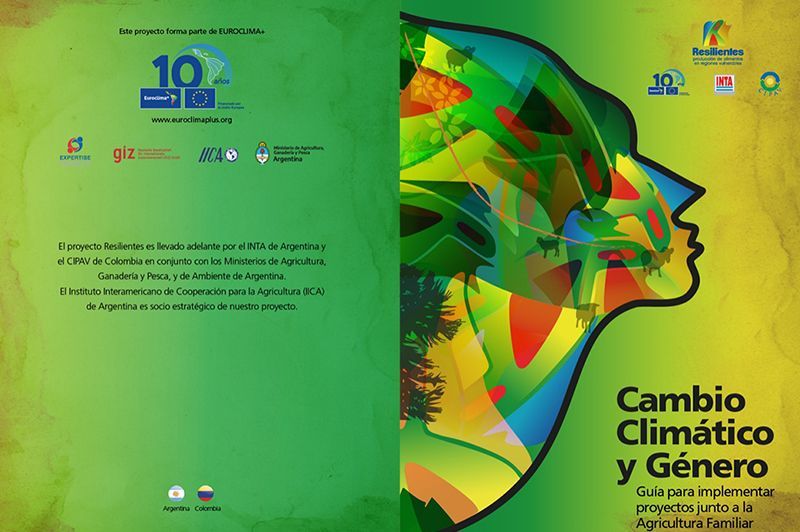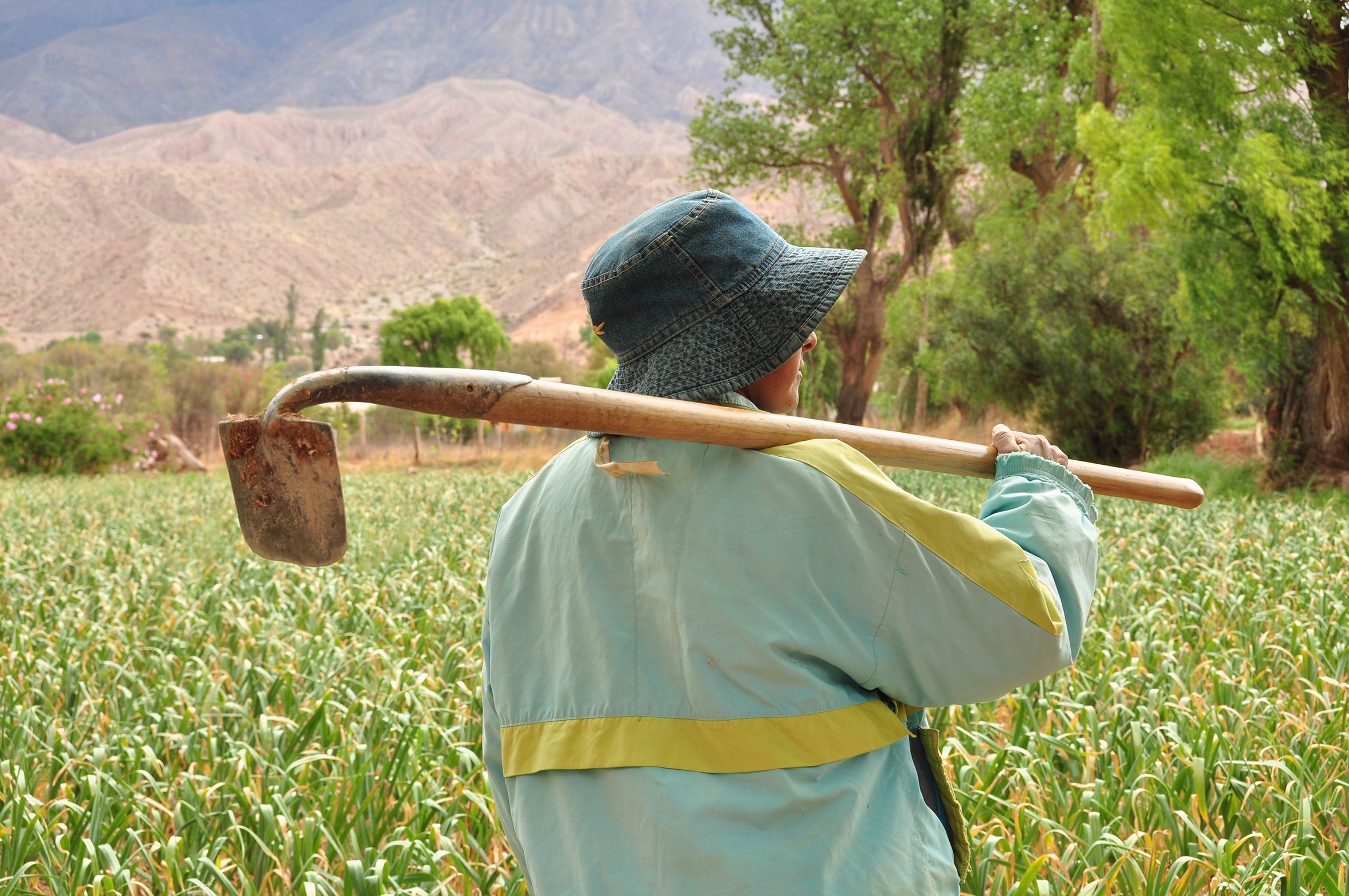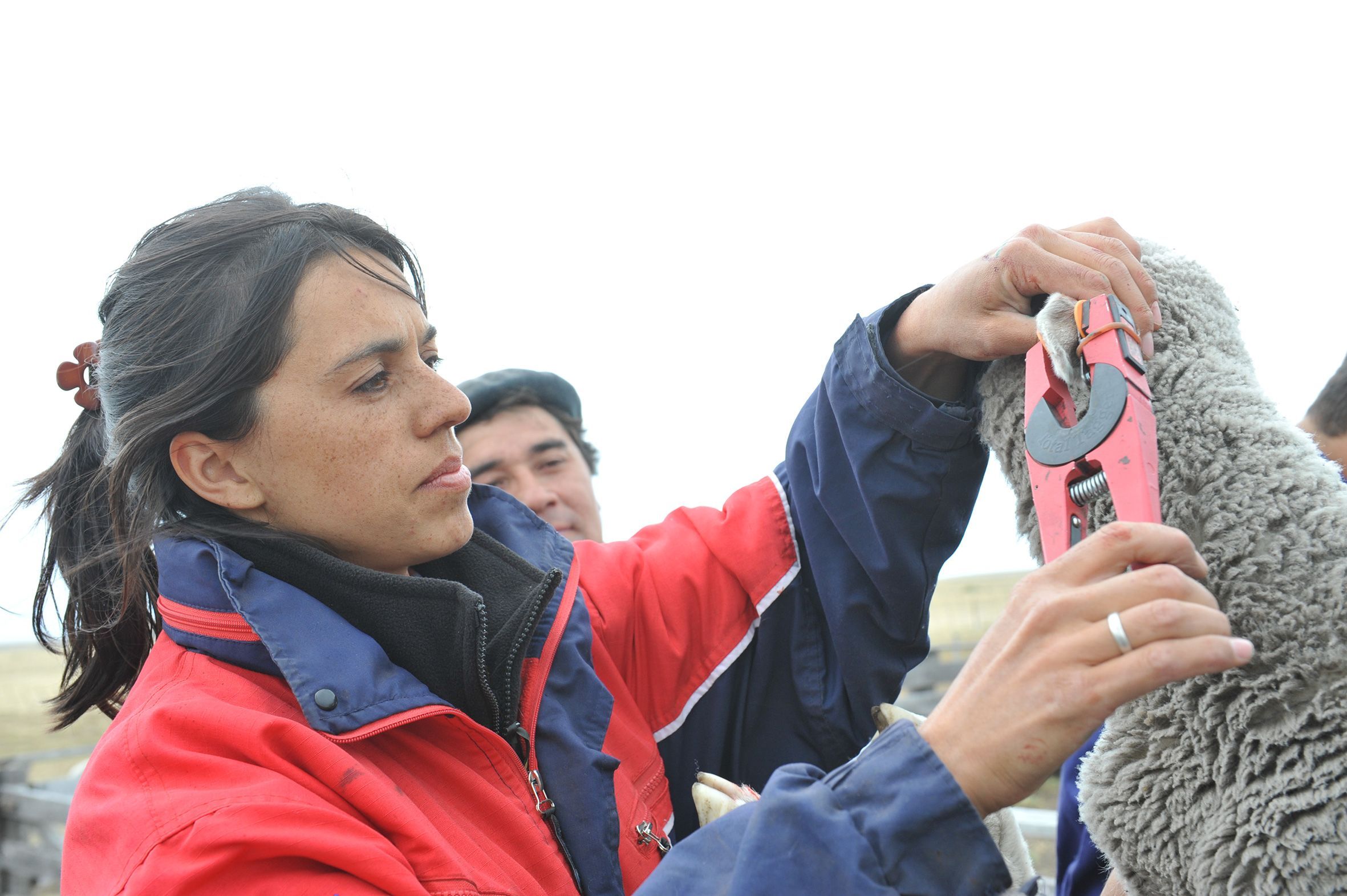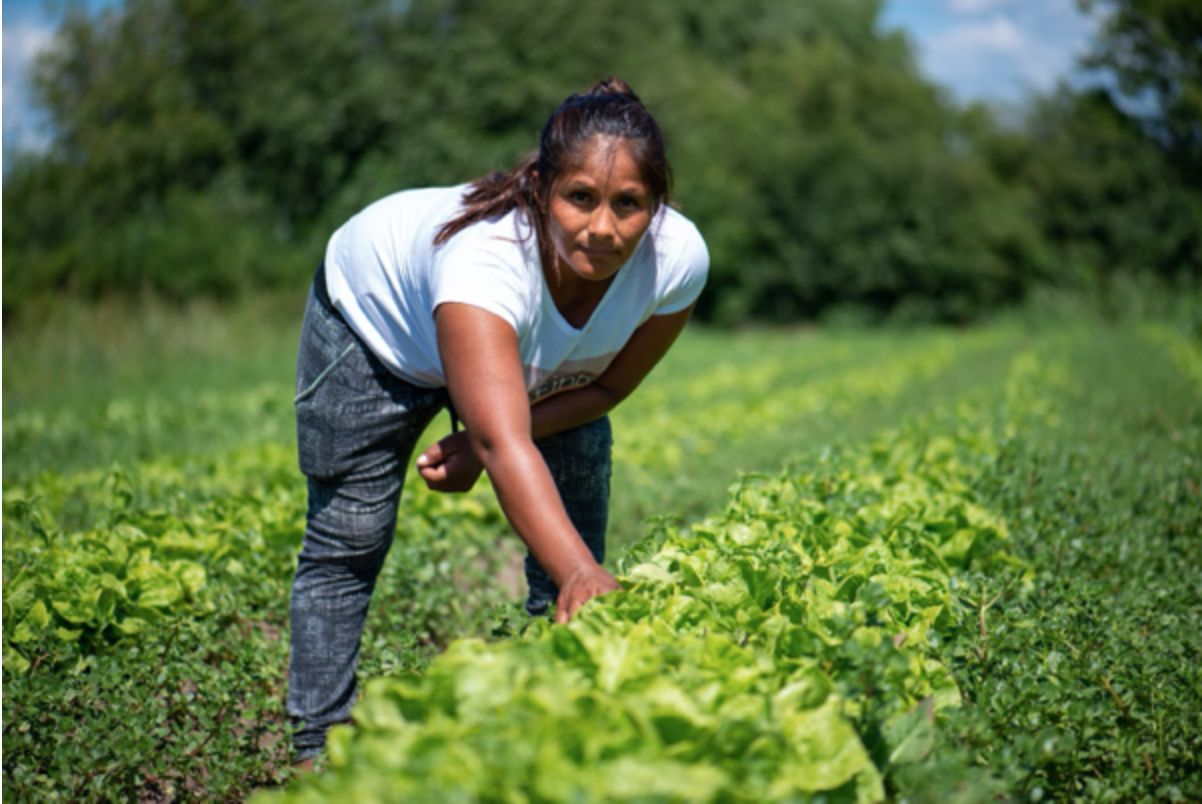Lessons learned from adapting the Gender Mainstreaming Toolbox made available by EUROCLIMA+ to the context of family farming
The following article systematises the work carried out in different workshops and meetings with the staff of the Project Resilient Food Production in horticulture-livestock systems in Family Farming in climatically vulnerable regions of Argentina and Colombia, financed by the European Union through the EUROCLIMA+ programme.
Events were also held with the families involved in the project. These events included the presentation of the Gender Mainstreaming Toolkit, an instrument developed by the German Society for International Cooperation (GIZ) for the EUROCLIMA+ programme during its gender focal point role in the Programme. This tool was developed and made available to the projects that the Programme is financially supporting in the region and it will soon be published as part of the Programme's Thematic Studies series. The dissemination of this internal EUROCLIMA+ document inspired several activities within the projects, one of which was the development of the Gender and Climate Change Guide, which is presented in the following article.
By Cora Gornitzky (INTA-ARGENTINA)
"This is a trigger proposal to be implemented in the territories, to which other approaches will be added to complement the development of the project in each intervention site". Joaquín Córdoba.
The risk in the face of different climate variability is more virulent in regions with high rates of inequality and poverty. This situation is compounded in many cases by gender inequality. It is known that climate impacts do not affect women and men in the same way. But it is less well known how these inequalities exacerbate the negative impacts of climate, especially on rural and peri-urban populations. Through what lenses are development projects addressing climate change adaptation written and implemented? This is the subject of the guide that has just been published by the Resilientes Project, financed by the European Community, managed by the international cooperation agencies GIZ and Expertise France and executed by the National Institute of Agricultural Technology (INTA) of Argentina and the Centre for Research on Sustainable Agricultural Production Systems (CIPAV) of Colombia.

It is based on the "Gender Mainstreaming Toolbox" made available by the EUROCLIMA+ programme and systematises the work carried out in previous workshops and meetings where specialists, producers, extension workers and researchers participated.
The Gender and Climate Change Guide in question is a methodological tool, a consultation document and at the same time a communication piece with a series of questions and recommendations to incorporate the gender perspective into the baseline of the projects being implemented. Why work on this issue? Iris Barth, Joaquín Córdoba, Luciana Laborda and Luján Ahumada, who are members of the gender commission of the Resilientes project in Argentina and Colombia, answer this question. It was this group that worked on and adapted the toolkit for gender mainstreaming proposed by EUROCLIMA+.
-What was the motivation for the "Resilients" project to incorporate the gender perspective in its activities?
-Iris Barth: The motivation for the project, to initiate the incorporation of the gender perspective in the activities, was there from the very beginning, i.e. there was never really any hesitation in integrating the theme. Of course, no one knew beforehand exactly how to do it, where to put the focus, what to do so that conflicts do not arise as unwanted effects. But we always saw it as a challenge and above all as a very interesting opportunity, since in Argentina and also at INTA, gender equality is still a very young issue, but one that is becoming increasingly important.
Starting from a climate risk analysis with farming families and knowing that the vulnerabilities of women and men in the rural environment in general and in the face of climate change are very different, it seemed very coherent and more than logical to us to integrate gender equity in some way, as we might do, in the framework of the project.
 Where did the idea of exploring the contents of the EUROCLIMA+ toolbox and applying it to the project come from?
Where did the idea of exploring the contents of the EUROCLIMA+ toolbox and applying it to the project come from?
-Iris Barth: At the time, when we held the first face-to-face team meeting, in which basic methodological concepts and project management ideas were discussed, roles, tasks and some working groups were also defined in order to address cross-cutting issues in more detail. On this occasion we set up the gender group (in October 2019) with representatives of the intervention areas and a representative of the communication team.
Since then, this team has been meeting periodically and in one of the first meetings we came up with the idea of organising a workshop (which took place in December 2019) with the aim of training us through different voices on the approach and basic concepts of gender and to think together about what and how our group could tackle the issue.
The idea of exploring the contents of the toolbox was then the first and most obvious step we could take, knowing that it exists and having it available from EUC+. Knowing that the toolbox is very broad and complete, we wanted to have something shorter and more tailored to our project. With this idea in mind, we took the toolbox, and used, adjusted, and adapted it, changing questions and recommendations for each stage of our project and for the cross-cutting themes at all stages, such as the organisation and convening of workshops and meetings. We wanted a user-friendly document so that all our project participants could use it easily.
What encouraged you to adapt the toolbox to the "Resilientes" project? What were the most relevant adaptations for you?
-Iris Barth: The literature specifically addressing the issue of gender and climate change is not abundant. The EUROCLIMA+ Gender Mainstreaming Toolkit was specifically designed for work on this issue. The document in this toolbox is structured in such a way that it can be adapted to the development stages of the Resilientes project, so it was a good starting point. Although the Gender and Climate Change Guide was prepared once the project had started, we decided to address all the stages, from project formulation to monitoring.
Among the main modifications to the toolbox, we can mention: the construction of a theoretical framework, with definitions and scope specific to the Resilientes project and its review by the experts of the institutions linked to the project; the identification, selection and adaptation of questions and recommendations contained in the toolbox, which best fit the structure of the Resilientes project and the beneficiary populations in Argentina and Colombia.
 Looking ahead, with a recently published gender primer, how do you think this communication piece will guide project activities? What are those short and medium-term goals or changes you want to see within the team/consortium and within the farming families you work with?
Looking ahead, with a recently published gender primer, how do you think this communication piece will guide project activities? What are those short and medium-term goals or changes you want to see within the team/consortium and within the farming families you work with?
-Joaquín Córdoba: The gender booklet aims on the one hand to level the knowledge on gender and climate change within the technical teams of the project's intervention areas. On the other hand, it seeks to provide clear guidelines, through triggering questions and recommendations, for their rapid incorporation into project activities.
We hope that the recommendations in the booklet will allow the work teams in each intervention site to review the baselines in the short term (since the booklet was not constructed with a gender lens), to review the impact chains constructed from a gender perspective (since these aspects were not always taken into consideration in their formulation), to implement the recommendations in future meetings with producers during the implementation stages of adaptation measures, and to review the progress indicators from this perspective.
We also hope that the farming families will be able to encourage or strengthen gender spaces, through the technical and financial support of actions directly and indirectly linked to the project (meetings of rural women, publication of audiovisual material, among others).
In the medium term, it is expected that the work teams in the intervention areas will raise awareness and incorporate the gender perspective in future intervention and research projects, accompanying the institutional initiatives that are already working in this direction. Within the production families we hope to make visible the work done by women and dissidents within the domestic/production units, with a view toward reviewing the roles traditionally assumed and in pursuit of more egalitarian relations within the production families and grassroots organisations.

If you could make a suggestion to other food resilience projects on how best to integrate gender considerations into their work, what advice would you give them to carry out this task?
-Luciana Laborda and Luján Ahumada: We believe that, as far as possible, gender-related issues should be integrated from the very first moment the project is conceived and, if this is not possible (because it has already begun), it should be integrated as soon as possible. We advise not to take it in isolation but as a transversal part of the project, in each of the stages and with each person that constitutes it (managerial, technical, communication, and direct and indirect beneficiaries). And we recommend that at least one person who is an expert in the subject is integrated into the team (and that their contributions are obviously taken into account) and it is also advisable, when faced with critical steps/activities, to consult other experts who might not be part of the team. At the same time, we believe that this is not enough, and that the ENTIRE team must be - at least - sensitised to the issue of gender and its importance. We consider it extremely positive to work with people who, although not specialists in the subject, are predisposed to and permeable to the issue of gender. We consider this last point to be particularly key.
“We believe that in addition to promoting the empowerment of women, it is essential to work on the deconstruction of masculinities, understanding that this is the basis for achieving gender equality", Project Gender Team.
NOTE: The Gender and Climate Change Guide presented in Argentina and Colombia is based on the Gender Mainstreaming Toolkit made available by the EUROCLIMA+ programme. It systematises the work done in workshops and meetings with the families involved. It is a methodological instrument that can be replicated in other projects in the region. See more information and download the Guide HERE.
